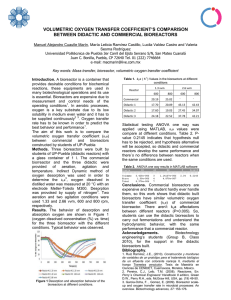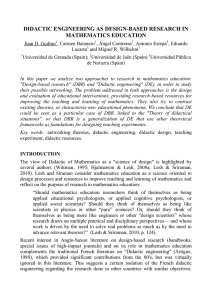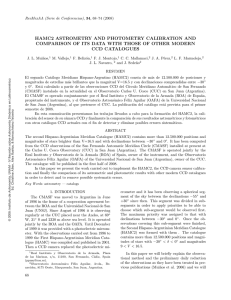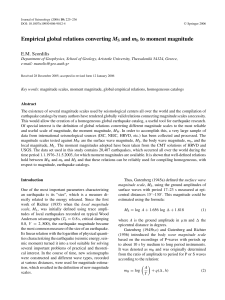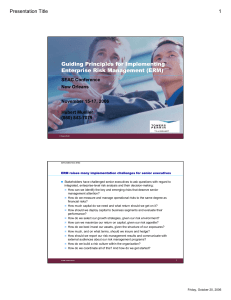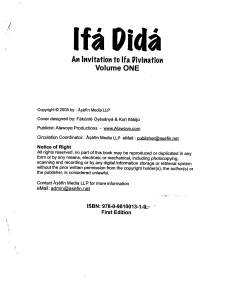Mathematics and Mathematics Education I: magnitudes and
Anuncio
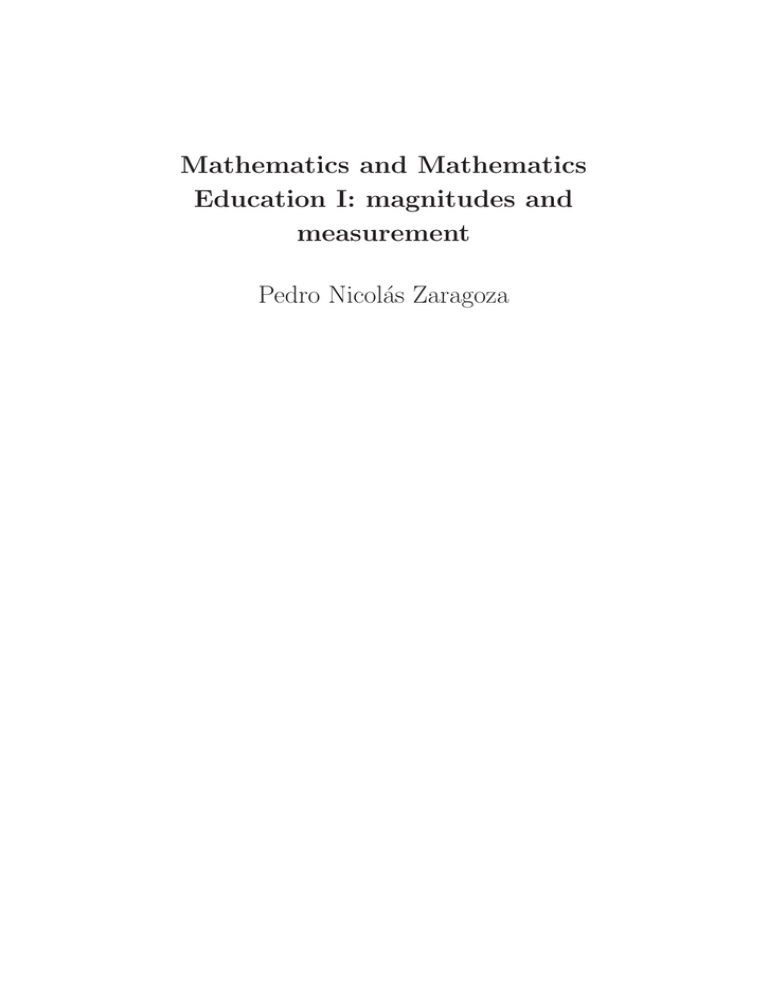
Mathematics and Mathematics Education I: magnitudes and measurement Pedro Nicolás Zaragoza Contents Chapter 1. Introduction 5 Chapter 2. Anthropological Theory of Didactic Phenomena 1. Mathematical praxeologies 2. Didactic moments 3. Epistemological Reference Model 3.1. Definition 3.4. Example 3.5. ERM and didactic moments 4. Glossary 7 7 9 10 10 11 12 12 Chapter 3. Measurement and magnitudes 1. Magnitudes: amount, measurement, unit and order 2. Situations of measurement 3. Precision and measuring errors 4. Measuring systems: regular/irregular, private/public 5. Fundamental or linear magnitudes vs. derivated or multilinear magnitudes 6. International System of Units (SI) 6.1. Tables 6.2. Metro 6.3. Second 6.4. Kilogram 7. Relationship between different magnitudes 7.1. Mass and weigth 7.2. Volume and capacity 7.3. Area and surface 8. Glossary 15 15 15 15 16 17 17 17 18 18 18 18 18 19 19 20 Chapter 4. ERM about measurement of magnitudes 1. Description of the ERM 1.1. Initial praxeologies: M P0 y M P1 1.5. A transition praxeology: M P2 1.6. Final praxeology: M P3 2. Glossary 23 23 23 26 28 28 Chapter 5. Una organización didáctica en torno a la medida de magnitudes en Educación Primaria 1. Introducción 31 31 3 4 CONTENTS 2. P M0 y P M1 2.1. P M0 2.1.1. Tarea T1 2.1.2. Tarea T2 2.1.3. Limitaciones de la P M0 2.2. P M1 2.2.1. Paso de S(G) a M S(G) 2.2.2. Limitaciones de las P M0 y P M1 2.3. P M2 2.3.1. Tarea T3 2.3.2. Tarea T6 2.3.3. Tarea T4 2.3.4. Tareas T5 y T7 2.3.5. Tarea T6 2.4. P M3 2.4.1. Tarea T8 Bibliography 31 31 31 32 33 33 33 35 36 36 37 38 39 42 43 43 47 CHAPTER 1 Introduction During the academic year 2012/13 the course Mathematics and Mathematics Education I was taught for the first time in the Degree of Primary Education of the University of Murcia. The subject is homologue to Matemáticas y su Didáctica I but, unlike this one, it is taught in English. Therefore, to elaborate new resources written in this language seems particularly convenient. In Chapter 2 we include some materials of the Unit 1 in the official curriculum of the course. In particular, we explain the basics of the Anthropological Theory of Didactic Phenomena which will be subsequently used in Chapters 4 and 5. In Chapter 3 we explain fundamental concepts about magnitudes and measurement of magnitudes. This chapter provides the required bit of cultural information the teachers in Primary Education should have in mind before designing a study process about measurement of magnitudes. The aim of Chapter 4 is twofold: 1) To exemplify the rather abstract (and crucial!) notion of Epistemological Reference Model explained in Chapter 2. 2) To give the required bit of scientific (i.e. coming from the science Mathematics Education) information the teachers in Primary Education should have in mind before designing a study process about measurement of magnitudes. Finally, in Chapter 5 we show, in a concrete example of a design of such an study process, how to integrate the notions and tools explained in the three previous chapters. The material of Chapters 3, 4 and 5 is part of the Unit 3 in the official curriculum of the course. 5

